These images come from an October 2019 photoshoot organized by Tabitha Burch, entitled “Jedi and Empire and Rogues, Oh My!” that we were invited to along with other photographers.
We spoke with Tabitha back in March on the topic of creating fantasy with friends, and in that post we mentioned that (for Distant Era) these projects are a way to experiment and test theories and ideas and editing styles without the pressure of a client or a deadline. They’re also a way to spend quality time with old friends and make new ones.
Director and Direction
A session with multiple costumed models and multiple photographers can be tricky to do without a good director with strong organizational and time management skills.
Tabitha Burch was a great director for this session. Our location was a little patch of urban parkland in Chicago beneath the L tracks. Tabitha divided the models into different areas within our location and set down some suggestions for scene, i.e., “This is where the smugglers are trying to sneak into Imperial territory,” or “This is where the big battle between the Jedi and Sith is happening.” If this sounds exactly like playing Star Wars on the playground in elementary school, I’d say we’re not far off.
That kind of direction is fundamental to a session like this. Without organization, shoots of this kind can be like attending a popular attraction among a thousand other tourists with cameras trying to get the same shot. A good director is key. Armed with the context Tabitha provided, the photographers captured the models in each area, rotating throughout the hour, and the session maintained an orderly organization and flow.
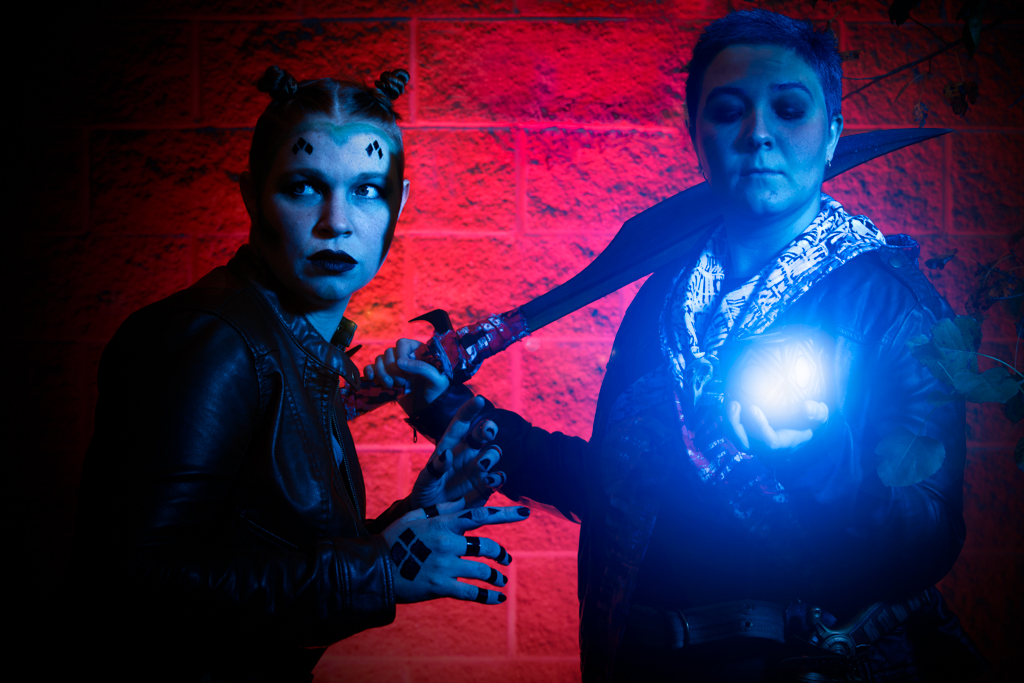
Rogues Karolyn Blake and Gwendolyn Clare Kelly-Masterton 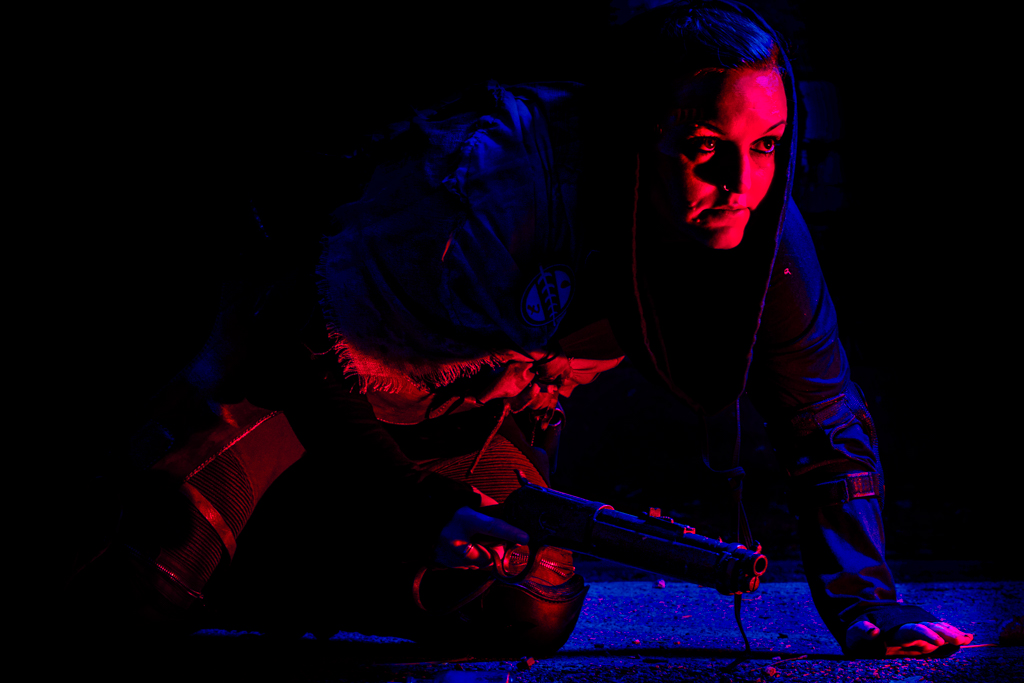
Jen Bennett, bounty hunter 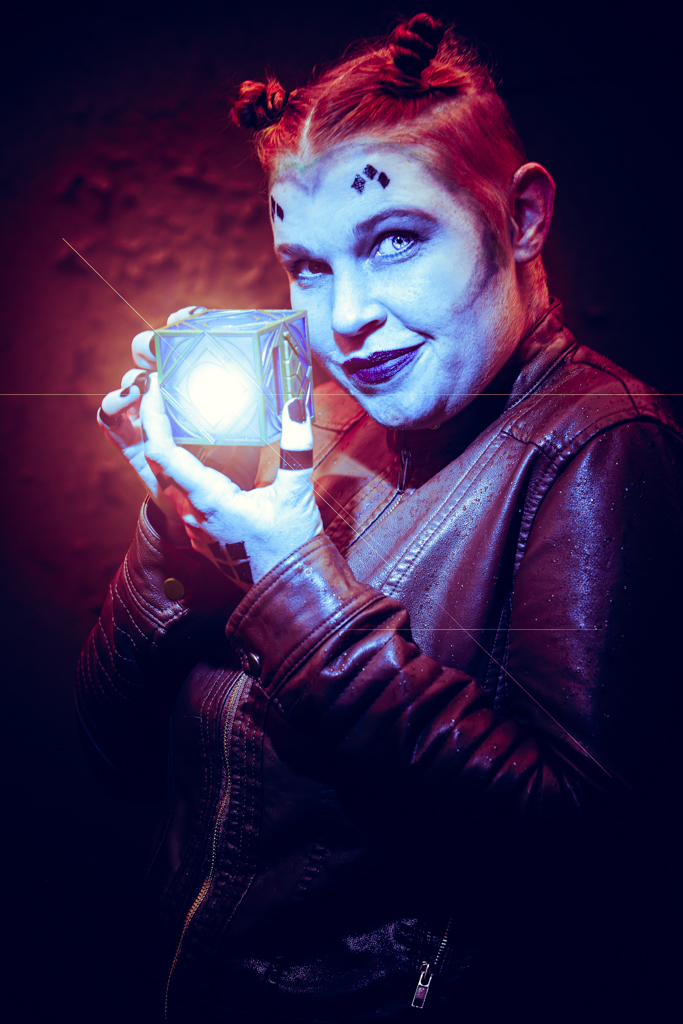
Rogue Karolyn Blake and the holocron
The other key quality to bring to such a session is a purpose. It’s important to take stock of the the environment and the models and ask yourself, What kinds of images do I want to get out of this? I once asked an improvisor I admired for advice on scenework. He told me that every show he focuses on one specific thing he wants to work on, and this advice has been a gift in every creative endeavor since. For this session, my purpose was gels.

Kate Booth on one of those dangerous Star Wars precipices 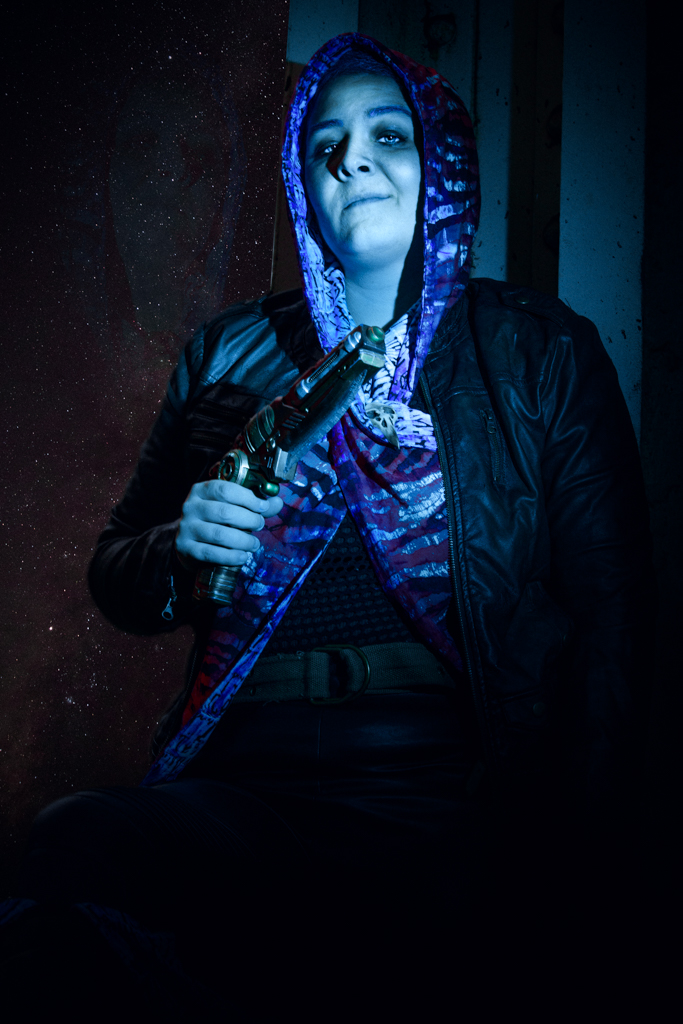
Gwendolyn Clare Kelly-Masterton with a window seat to Correllia
Colored Gels
I had purchased some colored gels for my speedlite flashes but hadn’t used them much, and this seemed like a perfect time to experiment. It was the middle of the day, overcast, and a cold rain was moving in that would eventually bring our session to a close. Shooting with flash in the middle of the day, I had to dial in my camera settings to let in as little ambient light as possible for the kinds of images I wanted to create. It was tricky.
As the raindrops began to fall, they created some cool effects in the final portraits: the colored flash would illuminate the raindrops and add some texture to the photos of the Sith. The featured photo of Kim Fukawa, above, is my favorite of the series. You can see a hint of rain streaking above her left eye. I used two lights in that portrait—one behind and one in front. For the others, I only used one. These colored gels come from MagMod and snapped to the front of my flashes with their magnetic system.
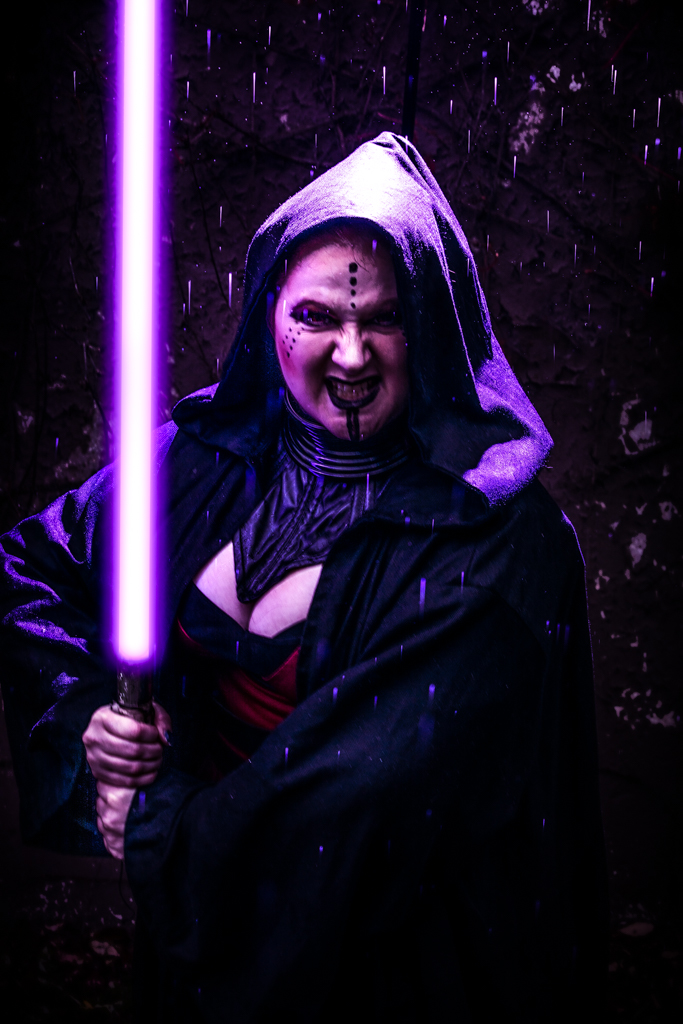
Lightsabers
My goal with the gelled flashes was to use a gel that matched the lightsaber color (when shooting Jedi). The angle of the light is a bit of a challenge because you want to show that the lightsaber is the point of illumination, and thus your light needs to illuminate the area where the lightsaber is. But if you shoot from that direction and the lightsaber is in front of the Jedi’s face, the saber casts a shadow… which it should not be doing if we’re trying to show that it’s the object casting the light. I did not do this perfectly all the time, but in the better images, I moved the light, usually placing it higher or angling it to reduce the shadow. The lightsabers themselves were not powerful enough to light a scene in daylight.
There are many ways to make a lightsaber. Some are extremely complicated, realistic, and time consuming, while others are fast and simple but limited. I chose a middle ground, which involves drawing a rounded rectangle over the saber and then adding an outer glow or two. It’s neither fast nor slow, but it gets the job done when there are multiple figures with multiple lightsabers.
A Rekindling
This shoot means more to me now than it did in October 2019. From ages four to eight, Star Wars was my everything. I caught the first one at the drive-in in 1979 in the last throes of its original release. I saw the premiere of The Empire Strikes Back in the theater and had to wait three years to find out what would happen next. Return of the Jedi was the most memorable experience I ever had at the theater (being eight years old, part of the Star Wars Fan Club, reading the Bantha Tracks magazine, receiving the Revenge of the Jedi postcards in the mail…), where a jubilant college crowd in Ann Arbor, Michigan, applauded and cheered throughout the movie. In college at Ohio University, I spent many Saturdays playing a jawa in a great Star Wars role-playing game campaign (the old West End edition). On the eve of the release of The Phantom Menace in 1999, I was in a musical parody of the trilogy called The Fandom Menace at iO Chicago, had upgraded my dial-up AOL so I could download the trailer (which I watched a million billion times) and had purchased all the action figures in advance. But then I fell away.
I fell out of love with Star Wars for over twenty years until Rogue One, The Mandalorian, and my pandemic discovery of The Clone Wars series and Rebels brought me back. Han Solo was my favorite character for forty years, but he has recently been replaced by a cantankerous, foul-mouthed droid called Chopper. If the pandemic gave me anything, it gave me the time and space to fall in love with Star Wars again.
You can bet that on May the Fourth, I’ll be tuning in to The Bad Batch.
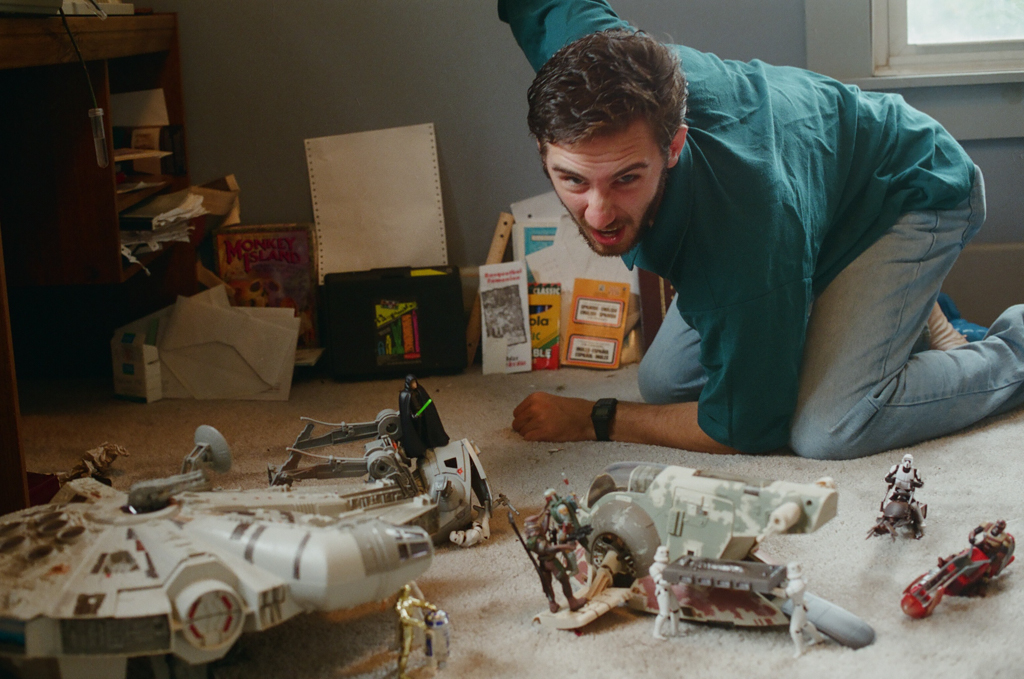


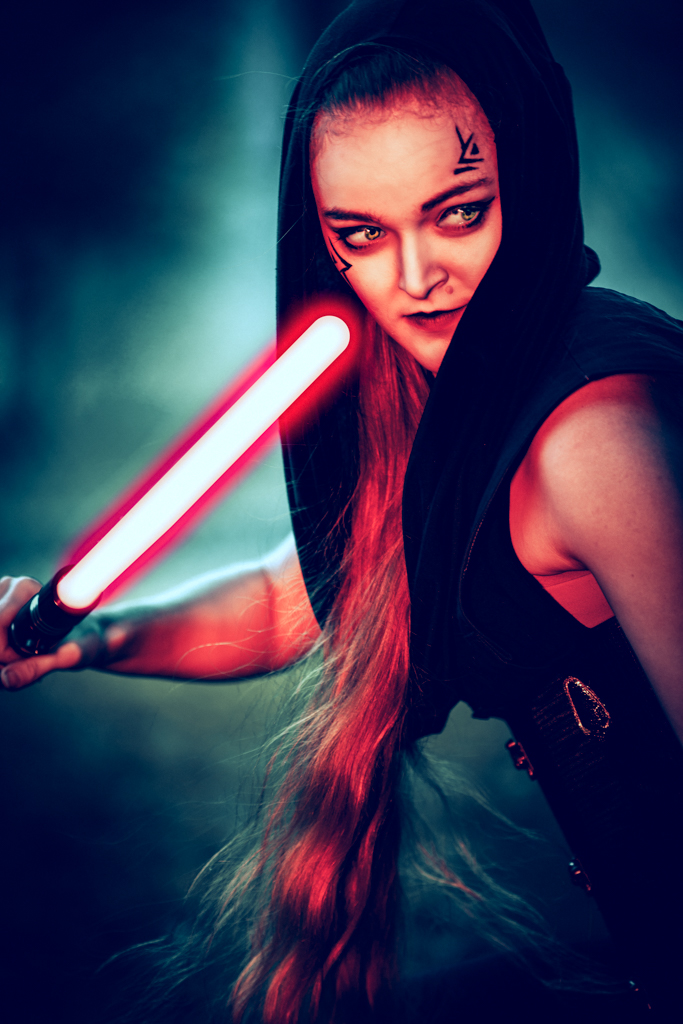
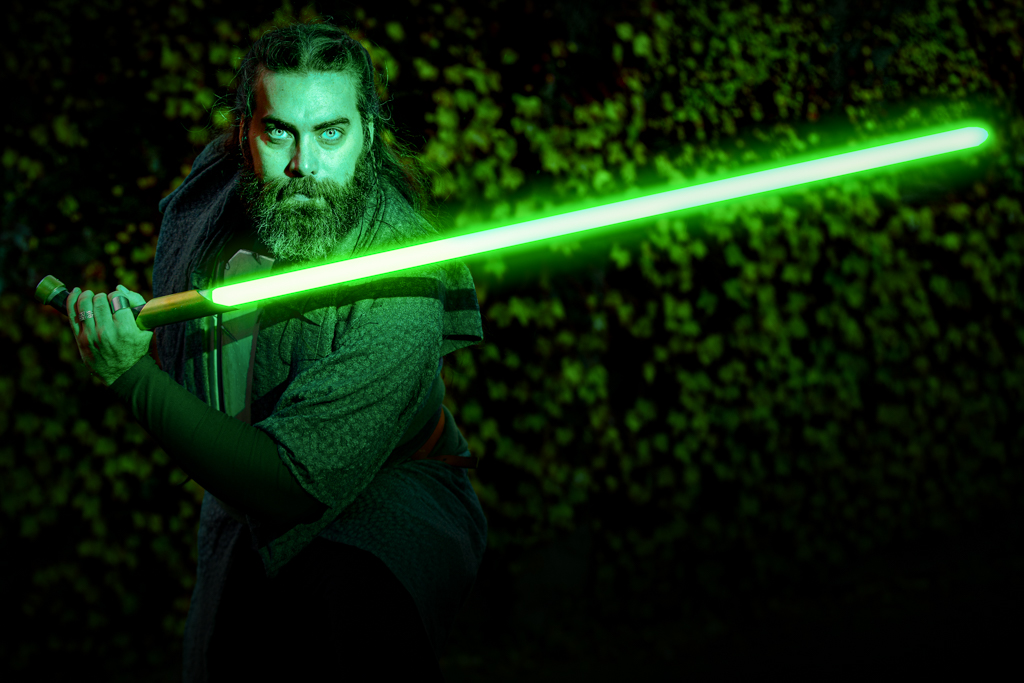


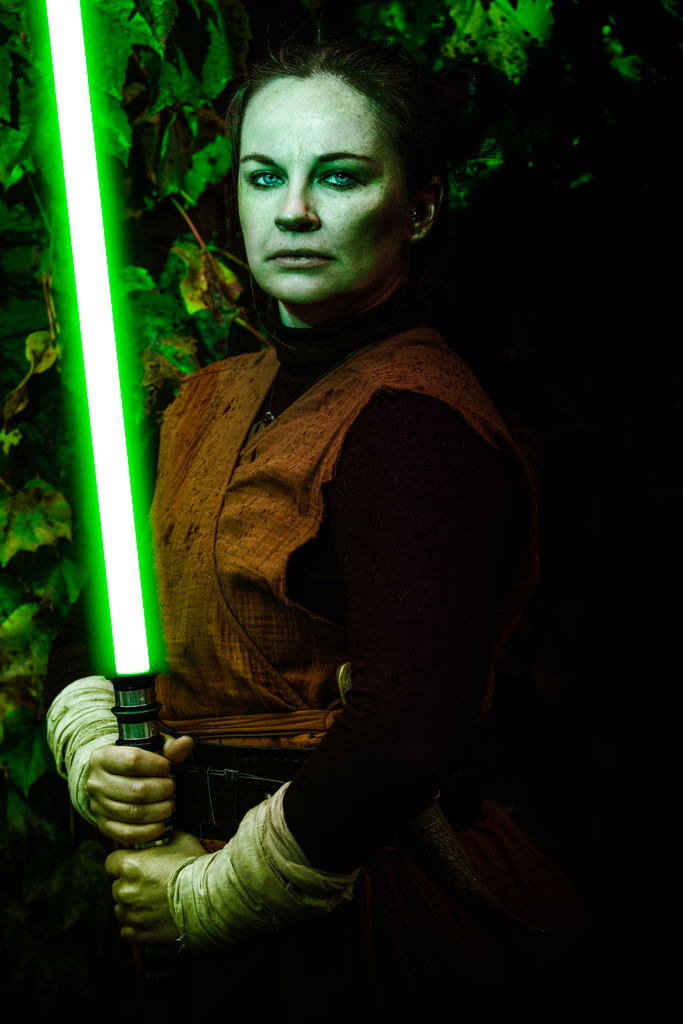
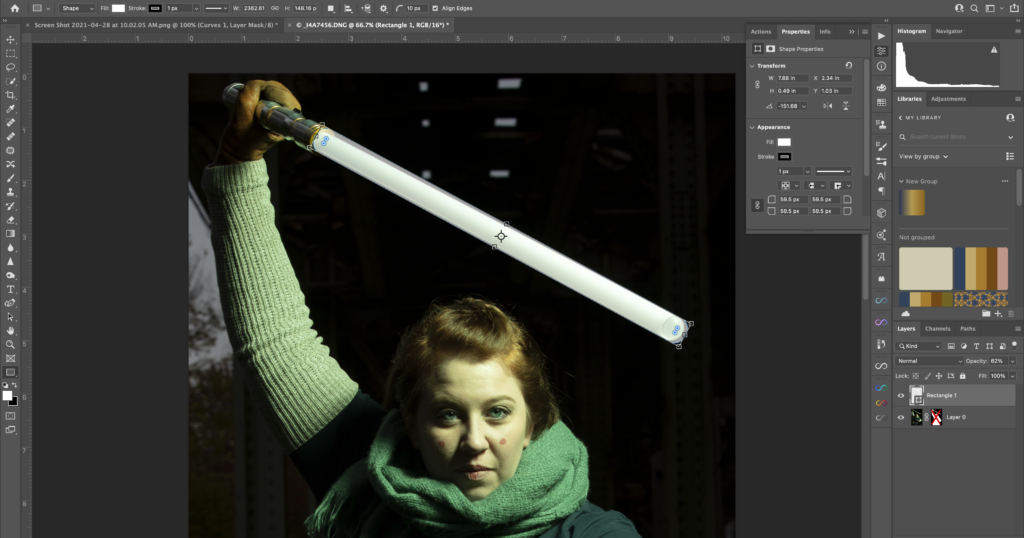
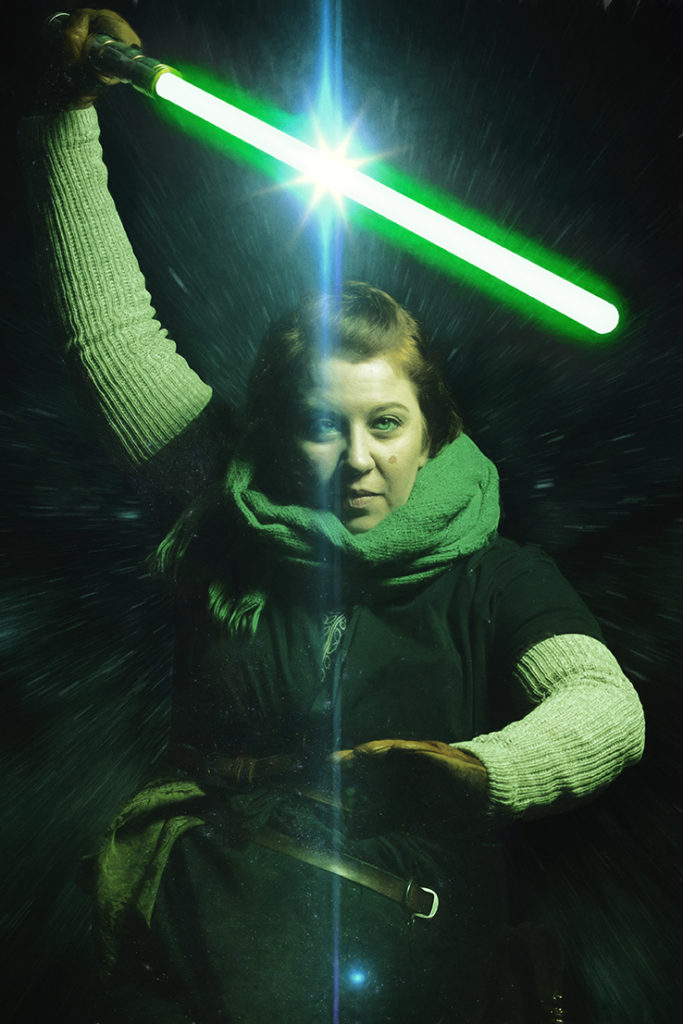
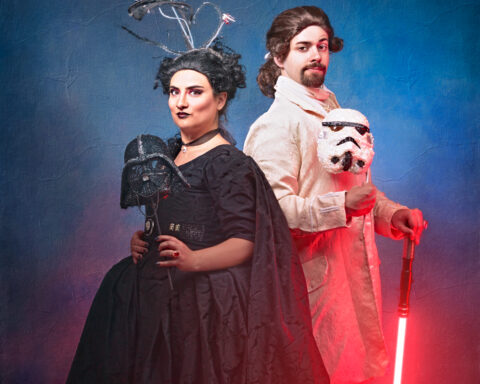

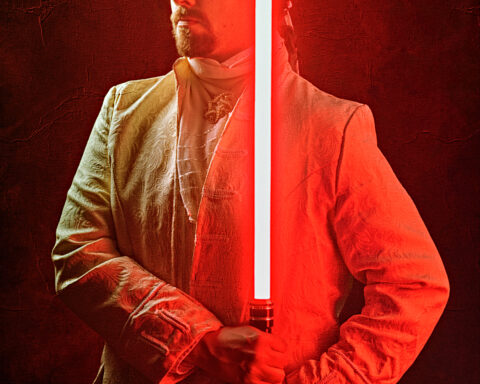
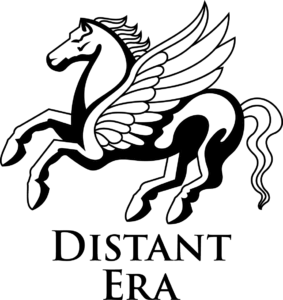
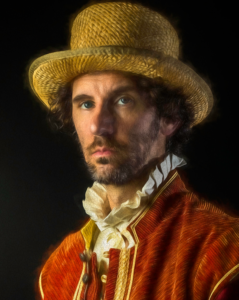
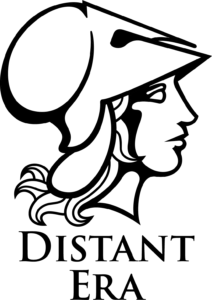
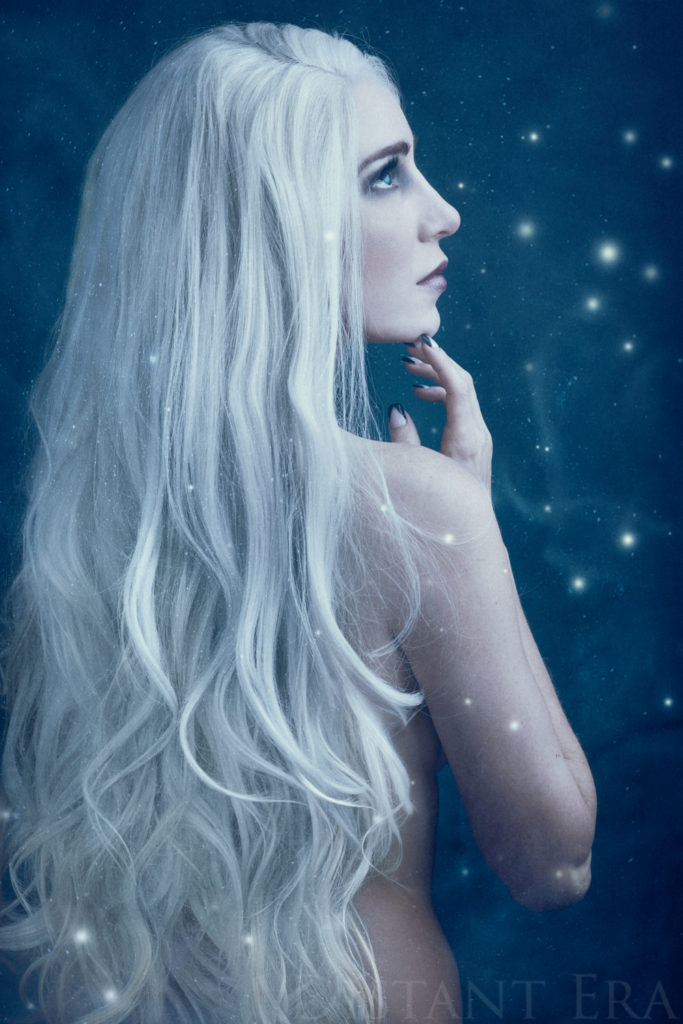
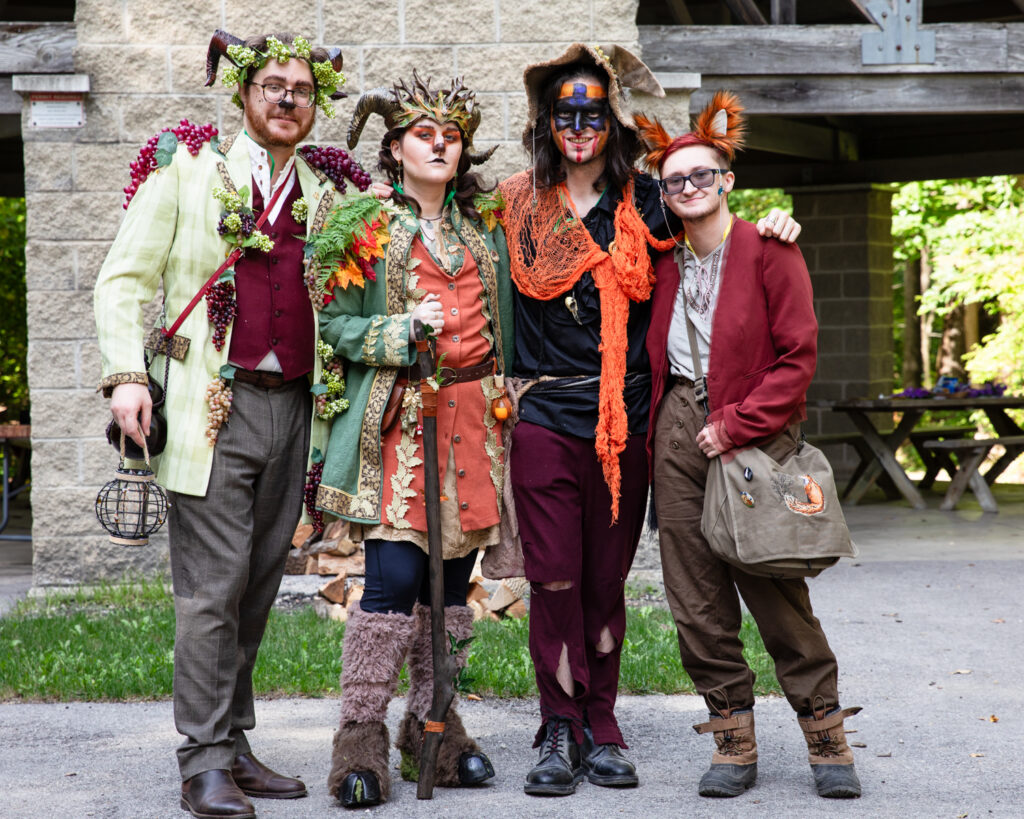
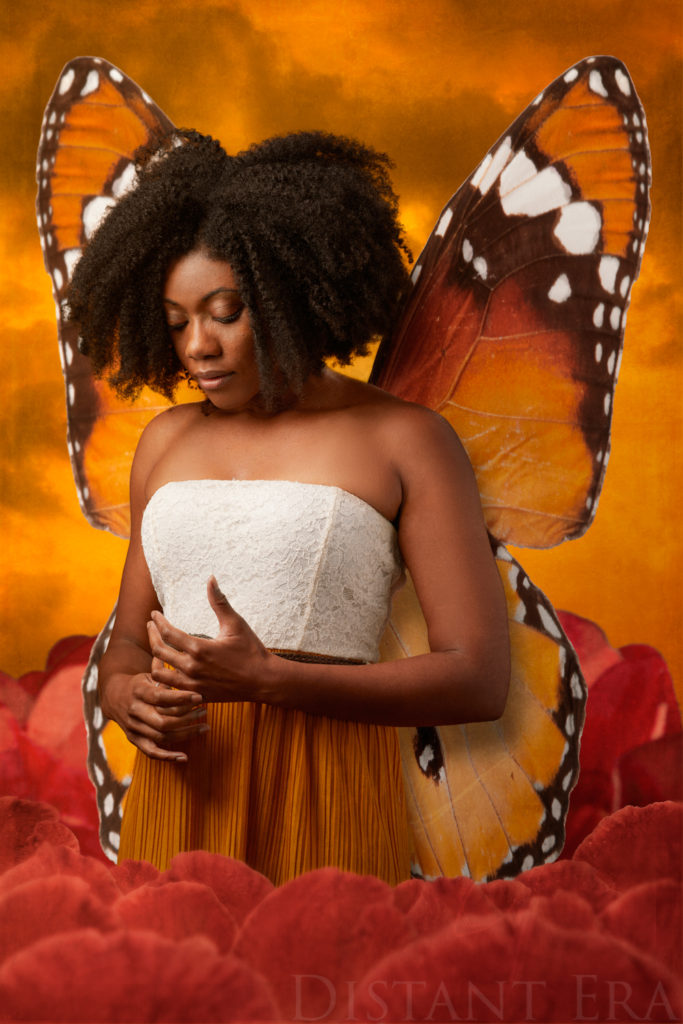
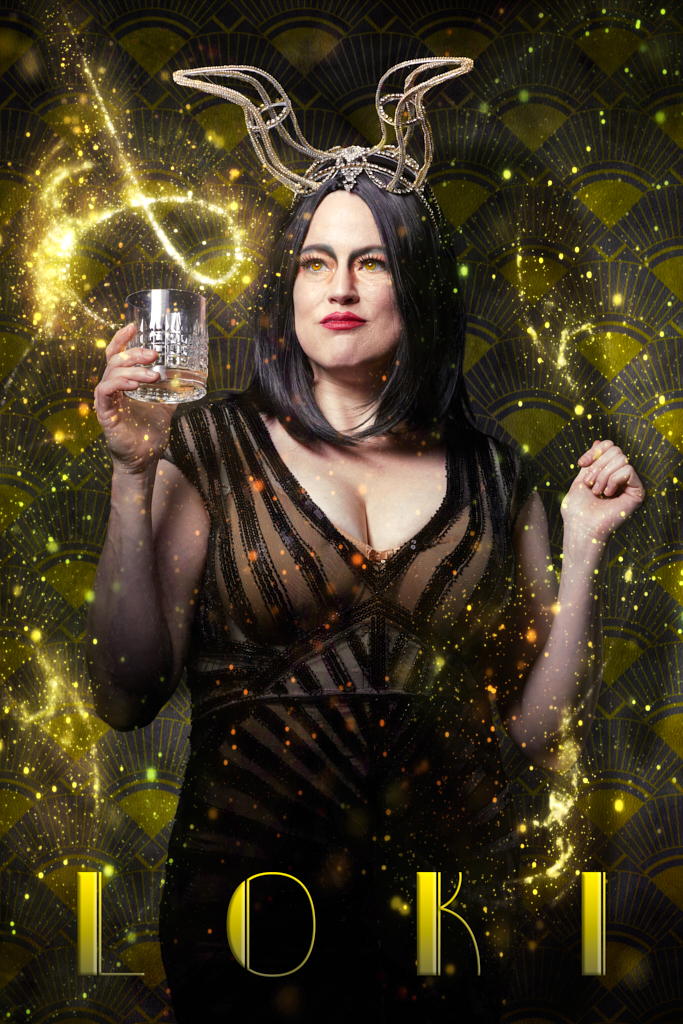

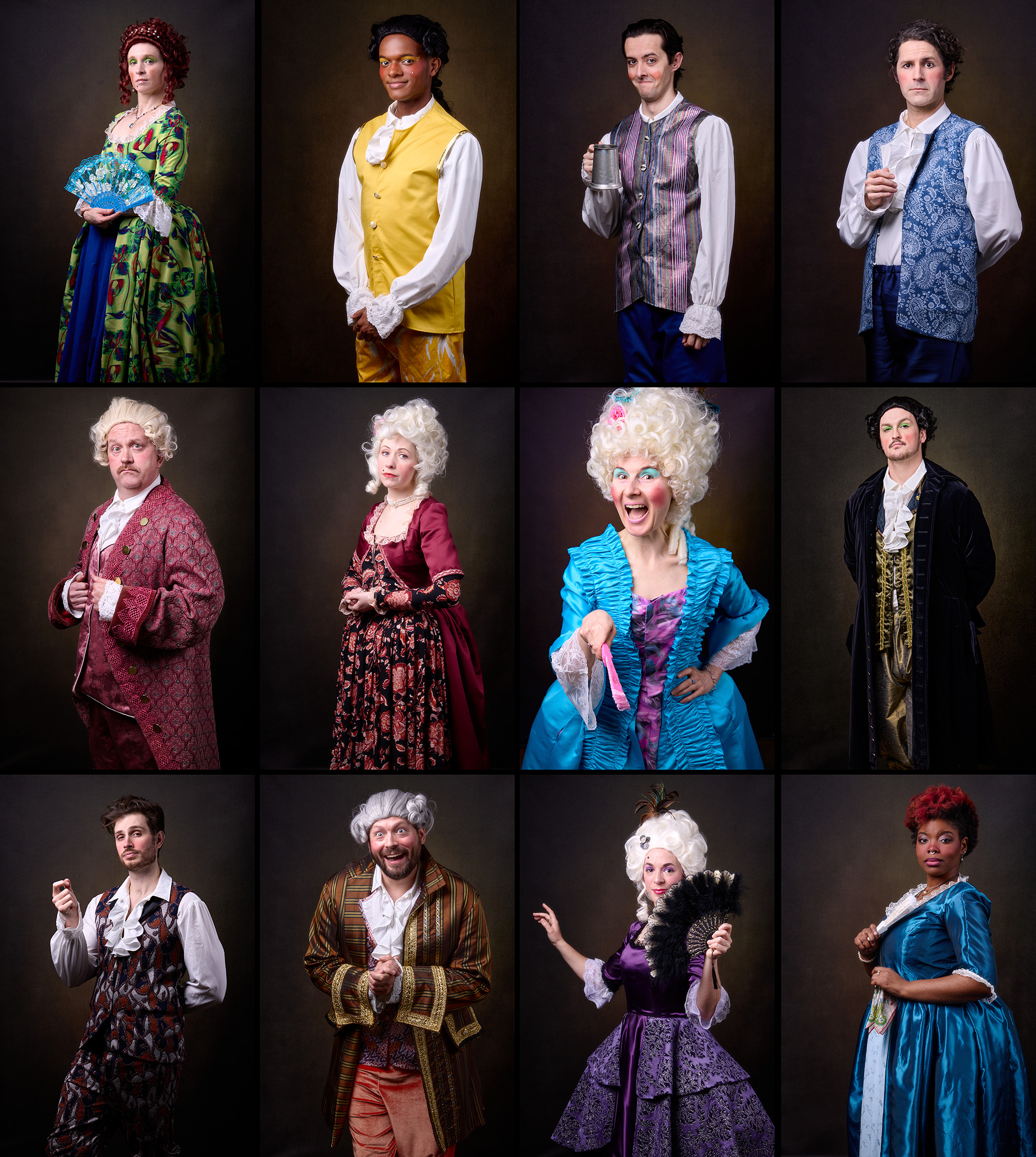
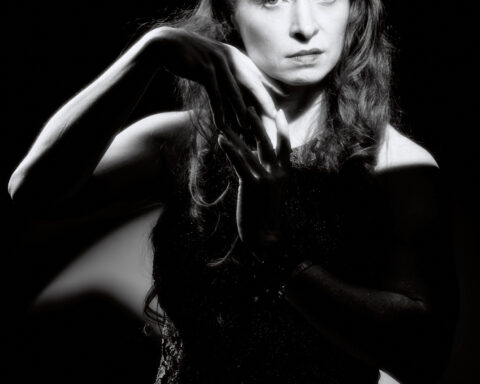
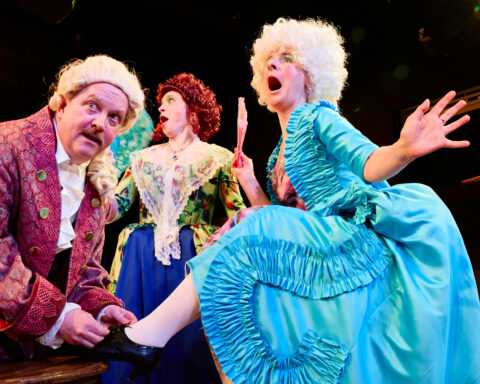
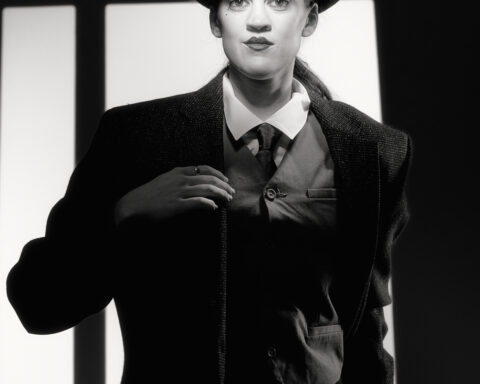
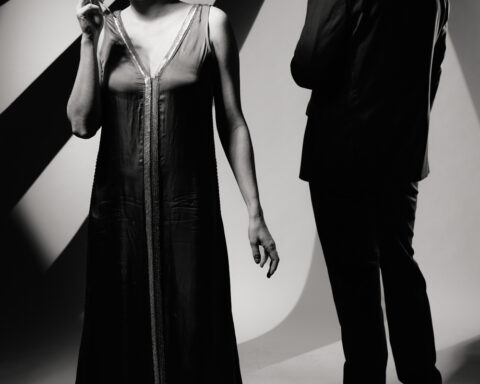
Follow Me